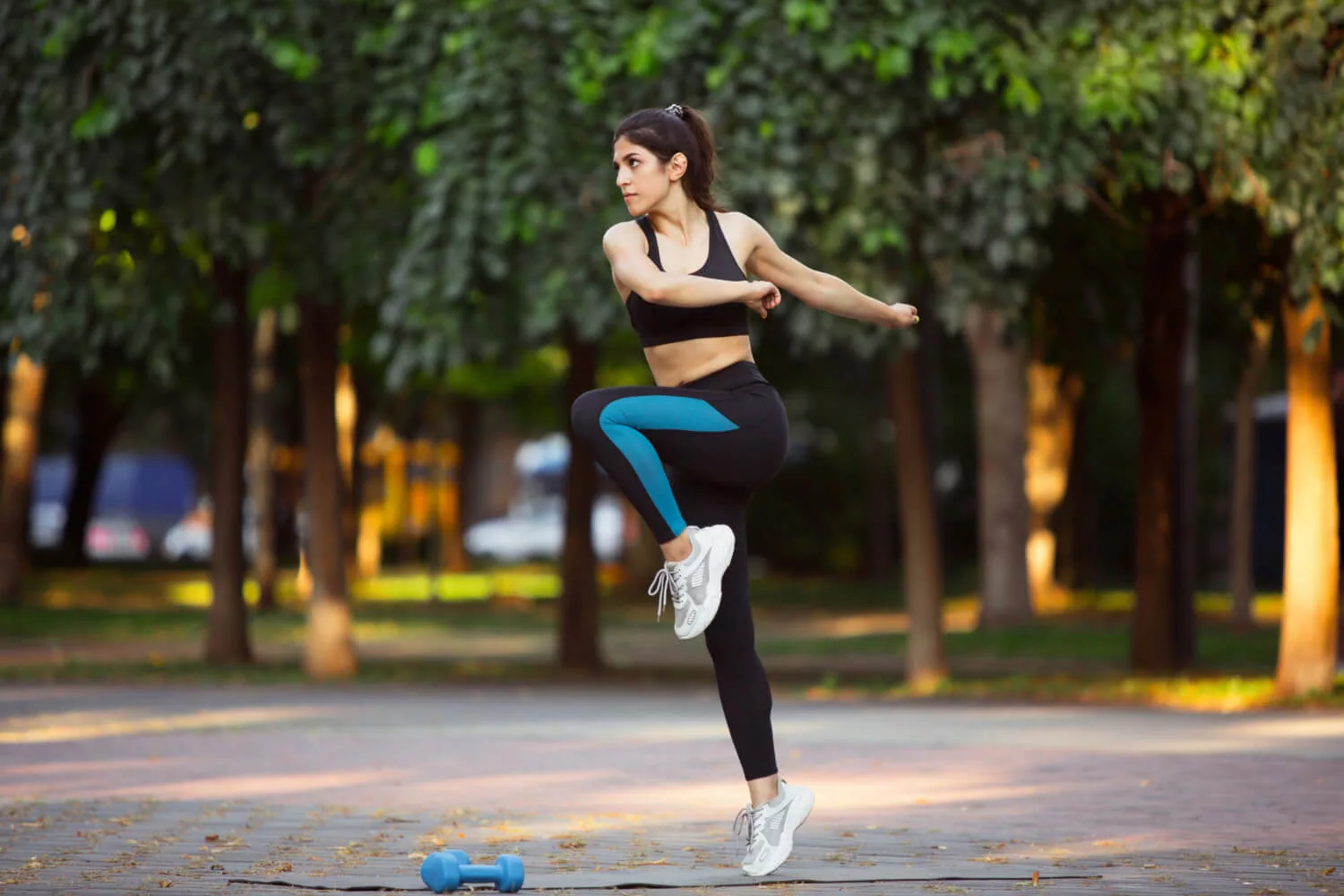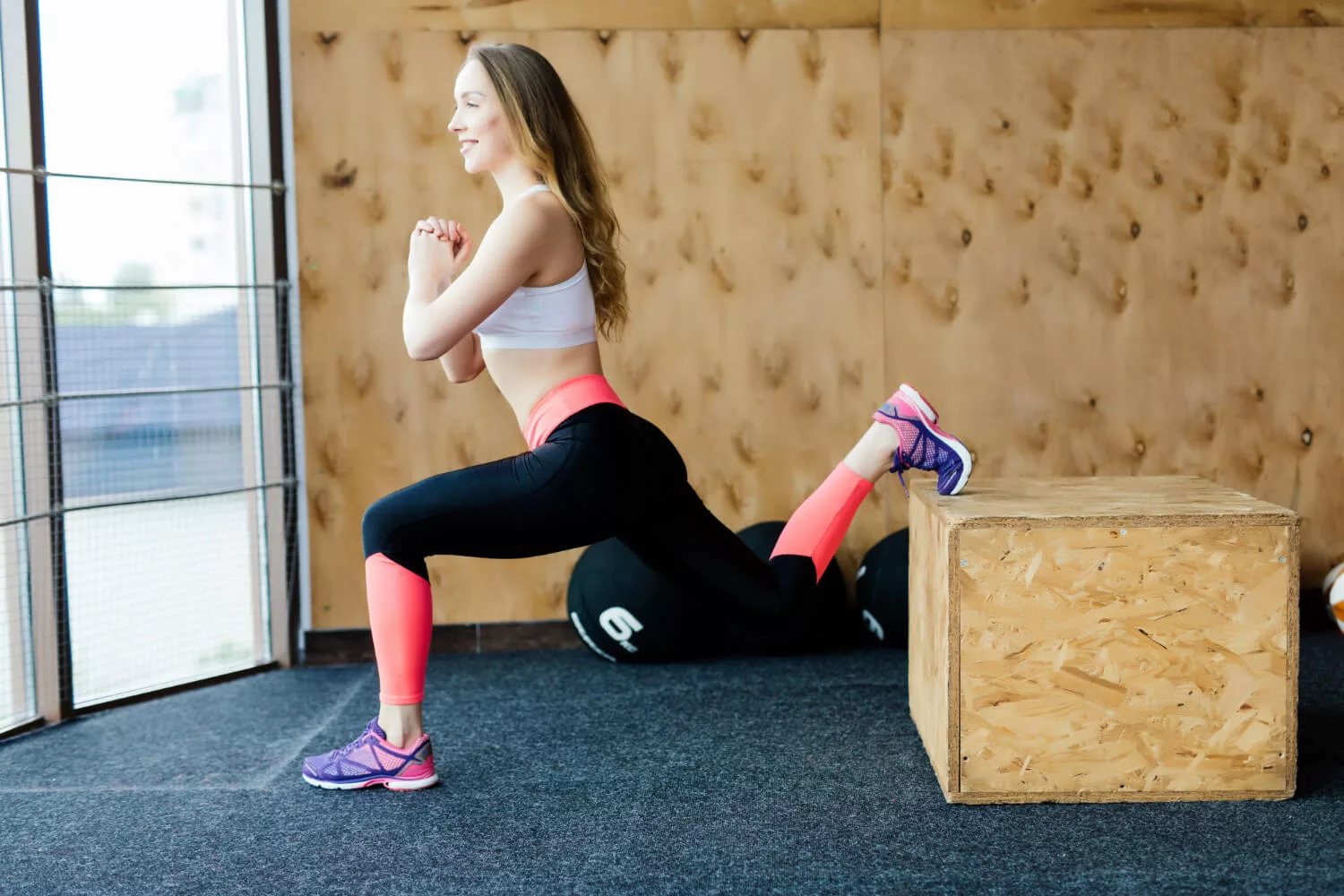High-intensity leg workouts have gained popularity in the fitness world. This is due to their effectiveness in building strength, power, and endurance. This type of workout involves performing exercises at high intensity for a short period. He was followed by a short rest period.
Start with a dynamic warm-up to prepare your muscles and joints for the intense activity ahead. This can include exercises like leg swings, high knees, and light jogging. A proper warm-up not only prevents injuries but also enhances your performance during the workout.
If you are looking to incorporate high-intensity leg workouts into your routine, there are some tips and tricks that can help you get the most out of your workout.
Warm-Up Properly

Before jumping into any intense workout, it’s essential to warm up your muscles. This will help increase blood flow to the working muscles, decrease the risk of injury, and improve performance. For a high-intensity leg workout, focus on dynamic stretches. This includes leg swings, walking lunges, and hip rotations.
Warming up properly is a fundamental step before delving into any high-intensity workout, particularly when it comes to leg exercises. A proper warm-up routine increases blood flow to the muscles, prepares your body for the strenuous activity ahead, and significantly reduces the risk of injury.
Additionally, an effective warm-up can improve your overall performance during the workout by enhancing flexibility and joint mobility. For high-intensity leg workouts, it’s advisable to focus on dynamic stretches rather than static ones.
Incorporate Plyometrics
Plyometric exercises, also known as jump training, involve explosive movements that can help increase power and strength in your legs. Adding these dynamic movements to your high-intensity leg workout can take it to the next level. Some examples of leg plyometric exercises include box jumps, jump squats, and lunge jumps.
These exercises are not just effective in building fast-twitch muscle fibers, crucial for explosive strength, but they also improve overall athletic performance, such as agility and speed. Moreover, due to their high intensity, plyometrics can significantly boost calorie burn.
Some classic examples of plyometric exercises for the legs include box jumps, which target the quads, hamstrings, and glutes. Also, jump squats add an explosive element to traditional squats and lunge jumps incorporate a dynamic switch of legs in a lunge position.
Start With Compound Movements

Compound movements are crucial for an effective, high-intensity leg workout. These exercises work multiple muscle groups at once, allowing you to hit more muscles in less time.
Plus, they also engage your core, making the exercises more challenging and beneficial. Some great compound movements for your legs include squats, deadlifts, and lunges.
Starting your workout with compound movements is another strategic approach for an effective high-intensity leg workout. Compound exercises, such as squats, deadlifts, and lunges, are multifaceted movements that engage multiple muscle groups simultaneously.
This not only allows for a more efficient workout, hitting more muscles in a shorter period but also intensifies the training by engaging the core. Which adds stability and power to the movements. Squats are one of the most effective compound movements, targeting the quadriceps, hamstrings, glutes, lower back, and core. Deadlifts are another powerhouse exercise, working the back, glutes, hamstrings, and core.
Use Proper Form
Proper form is crucial for any workout but vital for high-intensity exercises. Using incorrect forms can lead to injuries and prevent you from getting the full benefits of the exercise.
Ensure to keep your core engaged, knees in line with toes, and maintain a neutral spine throughout the movement. Seeking assistance from a certified HIIT trainer, like ASFA’s HIIT Certification, can also be beneficial. They will ensure that you are performing exercises correctly, enhancing their effectiveness.
Ensuring proper form is paramount in high-intensity workouts, mainly when they involve complex movements like those in leg exercises. Good form is not just about preventing injuries; it also maximizes the efficiency of your workout, ensuring that you are targeting the intended muscle groups effectively.
They can provide personalized feedback, correct your form in real time, and tailor the workout to suit your fitness level and goals, thus enhancing the overall effectiveness of your workout routine.
Increase Weights Gradually

High-intensity workouts are all about pushing yourself to your limits. However, it’s important to increase intensity and weight gradually to avoid injury and allow your muscles to adapt.
Start with a weight that challenges you but still allows you to maintain proper form. As you get stronger, gradually increase the weight. When it comes to increasing weights in your high-intensity leg workouts, a gradual approach is key. While these workouts aim to challenge yourself, it’s crucial to do so in a way that is safe and sustainable.
Starting with a weight that is challenging yet manageable allows you to focus on maintaining proper form. As your strength and endurance improve, you can then progressively increase the weights. This not only helps in preventing injuries but also ensures consistent muscle growth and adaptation. The incremental increase in weight should be in line with your ability to perform exercises with correct form and without strain.
Don’t Forget About Rest
While high-intensity workouts can be intense and challenging, it’s essential to give your body time to rest and recover. Overtraining can lead to injuries and burnout. Schedule rest days throughout the week, and listen to your body if you feel fatigued.
Rest and recovery are crucial components of any intense training regime. Overtraining without sufficient rest can lead to injuries and burnout, adversely affecting your progress. Rest days are essential for muscle recovery, allowing them to repair and grow stronger.
They also help in preventing both mental and physical exhaustion, keeping you motivated in your fitness journey. It’s advisable to schedule specific rest days in your workout plan, which could involve complete rest or light, low-impact activities like walking or stretching.
Stay Hydrated
 Hydration is a key factor in maintaining optimal performance during high-intensity workouts, particularly those focusing on leg exercises. The importance of staying hydrated cannot be overstated for several reasons:
Hydration is a key factor in maintaining optimal performance during high-intensity workouts, particularly those focusing on leg exercises. The importance of staying hydrated cannot be overstated for several reasons:
Proper hydration is crucial for any workout, but even more so for high-intensity exercises. Make sure to drink plenty of water before, during, and after your workout to prevent dehydration and keep your body functioning at its best.
Adequate hydration ensures that your muscles are well-nourished with oxygen and nutrients, which are transported through the blood. This helps in maintaining endurance and strength during rigorous leg workouts.
High-intensity exercises, especially those involving large muscle groups like the legs, can lead to significant sweating and, consequently, fluid loss. Dehydration can lead to decreased performance, cramps, dizziness, and other health issues.
Incorporate Variety
To prevent boredom and plateauing, it’s essential to incorporate variety into your high-intensity leg workouts. Mix up the exercises you do, try different equipment or locations, and challenge yourself with new movements. This will not only keep your workouts exciting but also target other muscle groups and improve overall fitness.
Doing the same set of exercises can become monotonous over time. Mixing up your routine keeps the workouts exciting and engaging.
Your body adapts to specific exercises over time, which can lead to a plateau in progress. By varying your workout, you continually challenge your muscles, aiding in continued strength and endurance development.
The legs consist of various muscles like the quadriceps, hamstrings, calves, and glutes. Different exercises target. Variety in workouts promotes better overall fitness, agility, and balance, as you’re not just focusing on one aspect of physical fitness.
Elevate Your High-Intensity Leg Workout With These Tips
With these tips and tricks in mind, you are now ready to take on a practical, high-intensity leg workout. Remember to always listen to your body and modify it as needed. Push yourself, but also prioritize safety and proper form. Consistency is key when it comes to seeing results, so stick with it and elevate your fitness level with a high-intensity leg workout.

